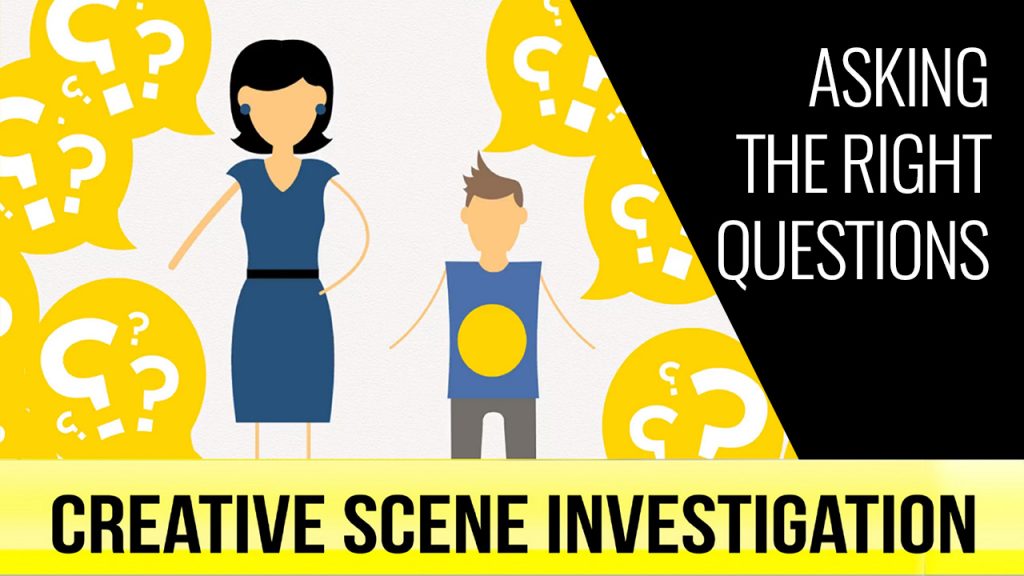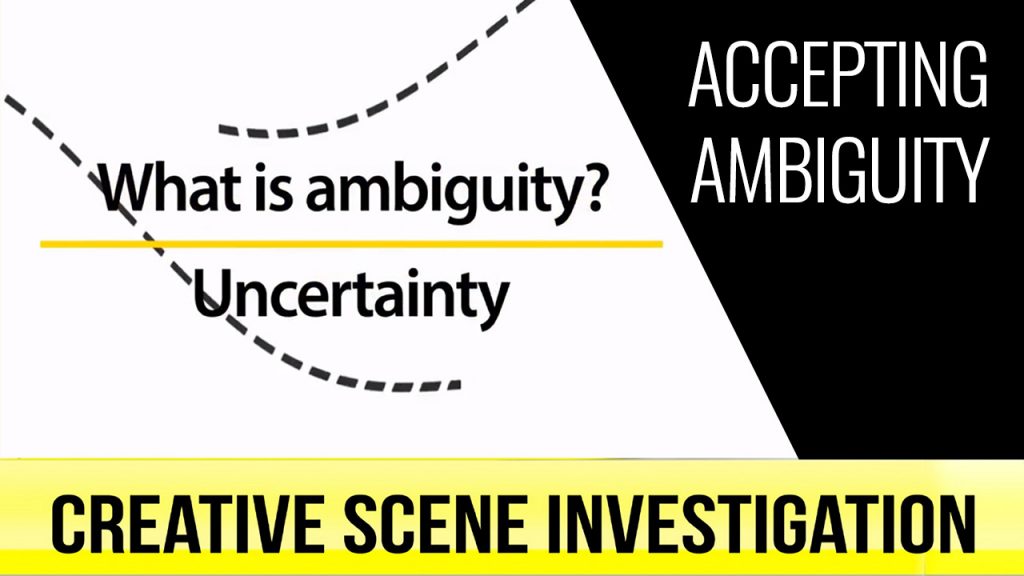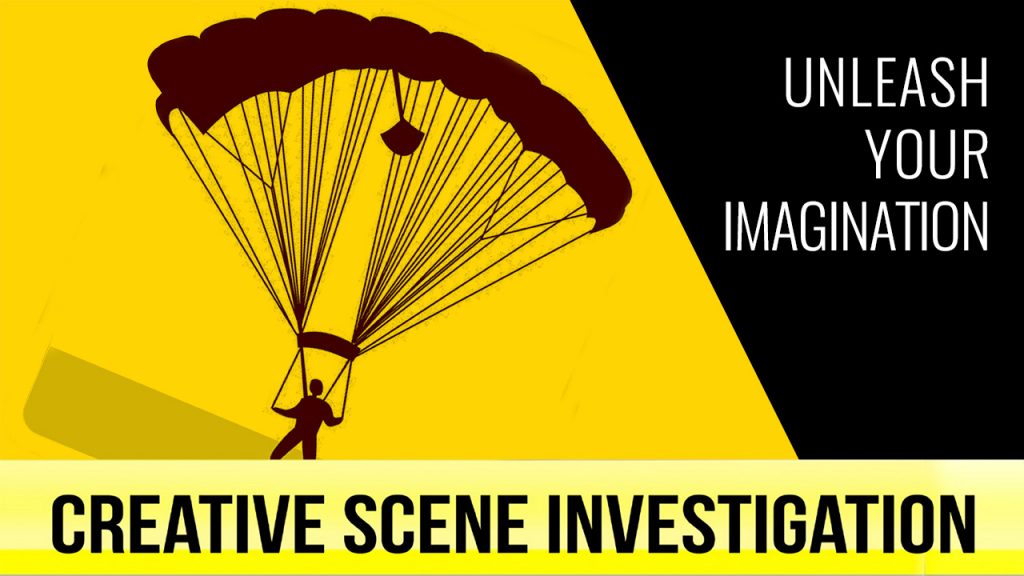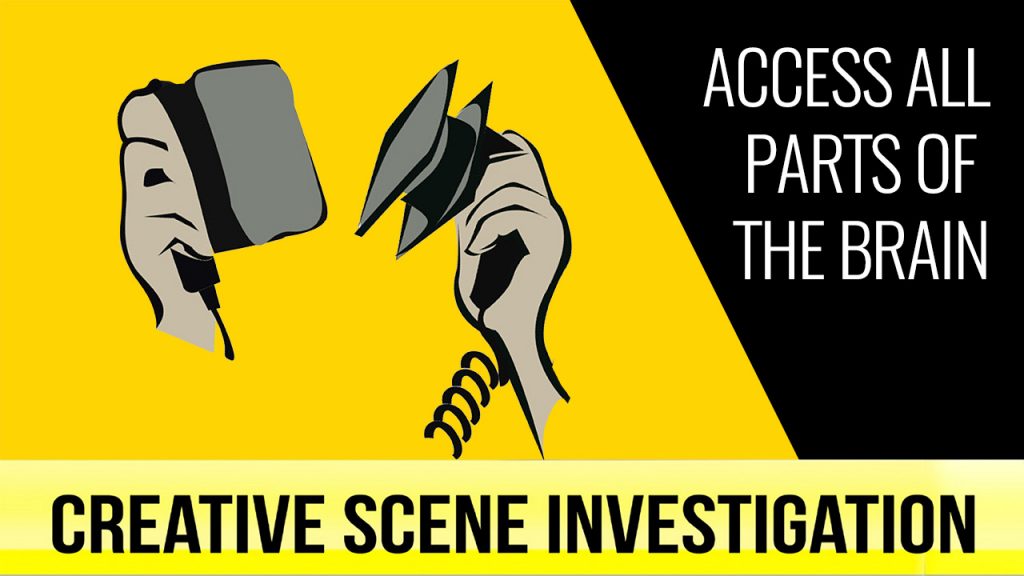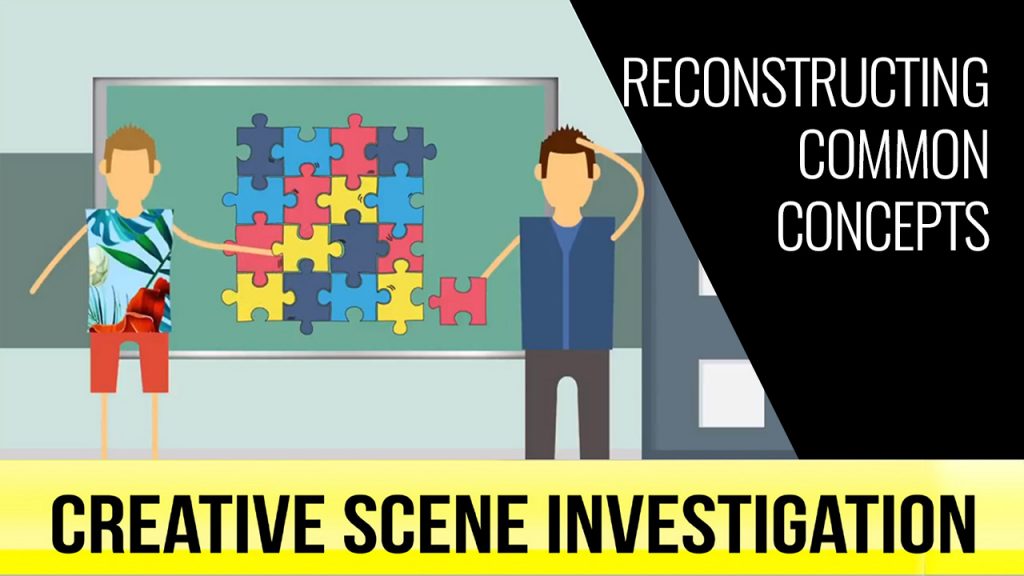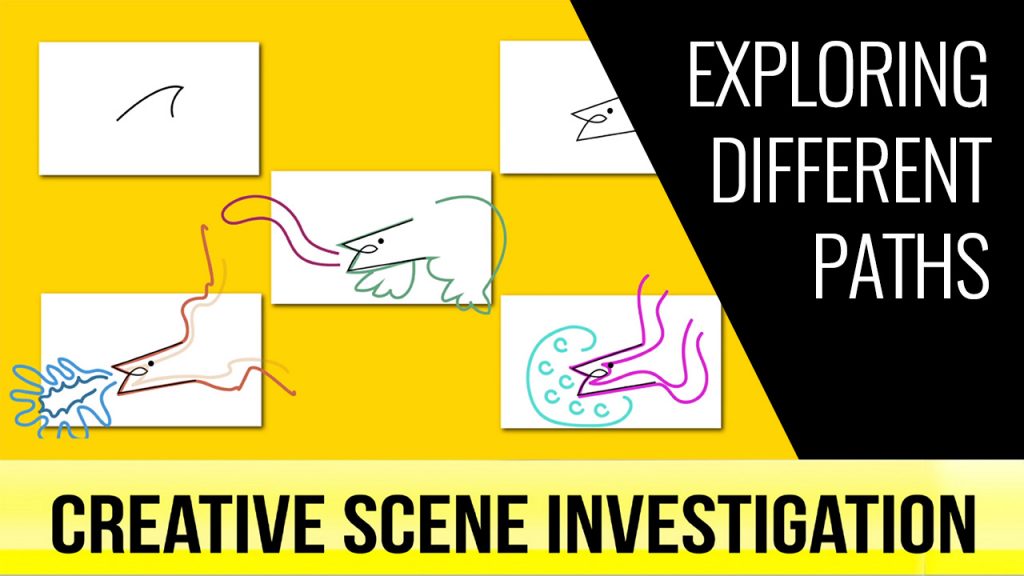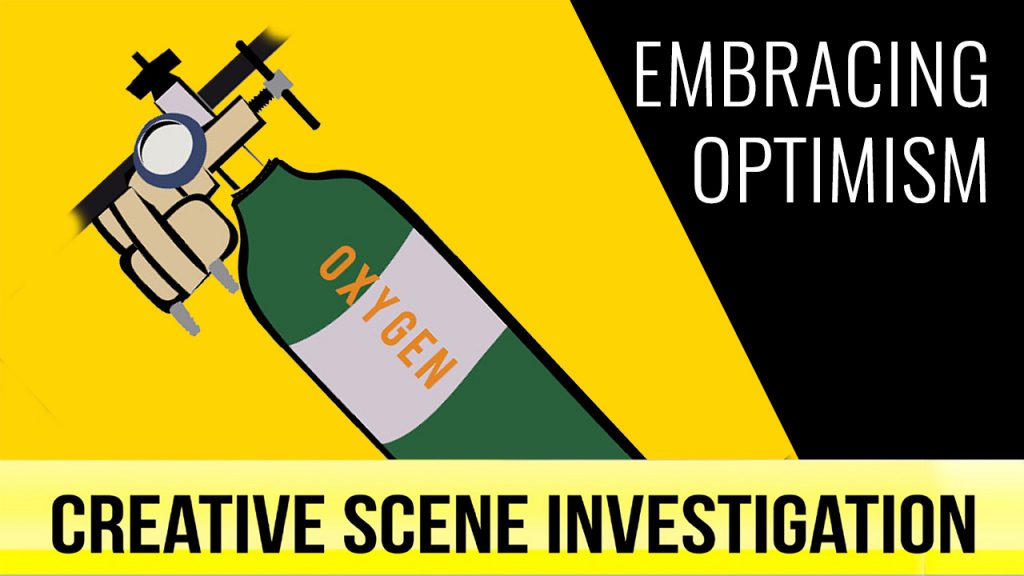Videos: CSI2 Design Thinking Strategies
This video series on is based on the dynamic workshop: CSI-2 ‘The 7 Rescue Strategies For Creative Thinking’. Below are 7 short sequential videos outlining the specific critical and creative thinking tools needed to move through a design thinking process. This can be used for solving difficult and wicked problems in a methodical process.
Learn more about the workshop.
This 7 Creative Thinking Strategies is based on the breakthrough book “Who Killed Creativity? and How Can We Get It Back?” by Andrew Grant and Gaia Grant.
(1) Why asking the right questions is the critical key for creative thinking?
Effective Design Thinking must start with enquiry. Asking the right questions through using a creative thinking strategy starting with Cultivate Curiosity is such a crucial step that is often overlooked or rushed past. Teams that jump straight into the ideation and brainstorming stage without this vital step are in danger of asking the wrong questions, and will almost certainly lead to the wrong answers, or at best, answers that are limited inside a box.
(2) Why Ambiguity plays a critical role in Creative Thinking
Truly innovative solutions don’t come about by chance. Once we start cultivating curiosity and asking the right questions, its important to then need to value different perspectives. Design thinking teams, must first learn to accept ambiguity in order to get the best answers. Accepting ambiguity is an over looked strategy in the race to come up with creative ideas, as adults we crave closure and in doing so can miss the best ideas that are out there on the fridge.
(3) How to UNLEASH YOUR IMAGINATION & be truly creative.?
Effective Ideation requires us to unleash our imagination. A typical hackathon or the boss asking for ‘creative ideas”, ideate, brainstorming at work seems to be the hardest time to find the imaginative resources needed. Research shows that most creative ideas come when we least expect them..
(4) How to ACCESS ALL PARTS OF THE BRAIN for real creative thinking
Our brain has a myriad of different functions. But are we using it to the fullest to be creative? All of us have natural biases, but the most creative people are able to access all parts of their brain. Creative people can make conscious choices to ensure they can come up with both logical and intuitive solutions.
(5) Why Reconstructing Common Concepts plays a critical role in Creative Thinking
Being creative often first means being destructive. This strategy is about continually pulling apart common ideas and putting them back together in new ways. Creative ideas often come from joining two apparently unrelated ideas together. Finding the hidden link between two contrasting concepts can lead to powerful results.
(6) Why EXPLORING DIFFERENT PATHS solves creative thinking issues
Creative ideas without applications are just ideas. To apply creative thinking it’s important to explore all paths to implementation to see if they will work in practice – even if they seem irrational or unreasonable at first.
(7) Why EMBRACING OPTIMISM is the key mindset behind creative thinking
How resilient are you? What do conversations do you have with yourself when you fail? Successful innovators are able to embrace failure rather than see it as a setback. Many creatve ideas only emerge from a trial and error process. Embarcing optimis is a mindset and explains why famous people like edisons are creative ‘I have not failed. I’ve just found 10,000 ways that won’t work.” Learning to embrace failure can in turn build resilience. The secret is to learn from your mistakes.
